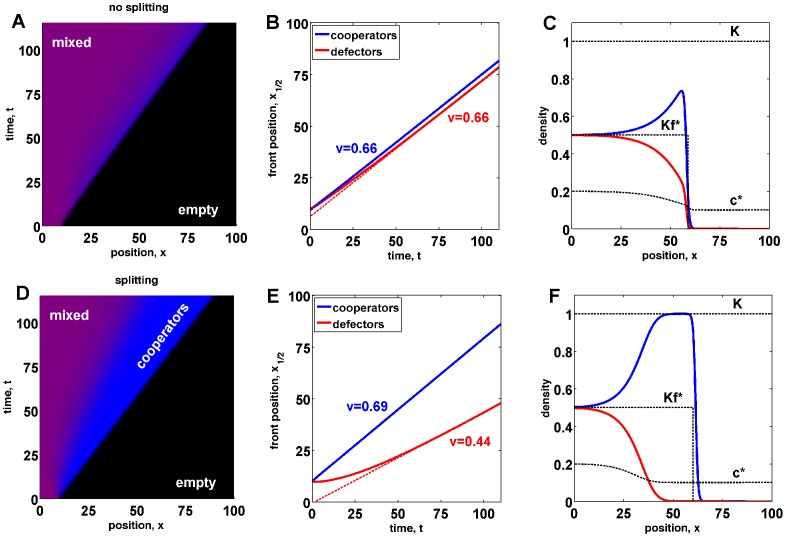Figure 2. Splitting of cooperators from defectors.
The top panels (a), (b), and (c) show a mixed wave where cooperators and defectors spread together. The bottom panels (d), (e), and (f) show cooperators splitting from defectors and colonizing new territories faster than defectors can invade them from behind. For all panels in this figure, we used  ,
,  ,
,  ,
,  ,
,  , and numerically solved equation (9). The difference between the top and the bottom panels is in
, and numerically solved equation (9). The difference between the top and the bottom panels is in  . No splitting occurs for
. No splitting occurs for  , in the top panels, but a higher value of
, in the top panels, but a higher value of  ensures splitting in the bottom panels, where
ensures splitting in the bottom panels, where  . (a) and (d) show a mixed wave expanding into new territories. In both panels, the front has a higher frequency of cooperators (blue) compared to the population bulk (magenta). However, the size of the region enriched in cooperators remains constant in the top panel, while it grows linearly with time in the bottom panel. (b) and (e) show the positions of the expansion fronts for cooperators and defectors as a function of time. The position of the front is defined as the rightmost point where the density of cooperators or defectors reaches half of its value in the bulk. The asymptotic rates of expansions are shown with dashed lines. From (e), we know the velocity of cooperators
. (a) and (d) show a mixed wave expanding into new territories. In both panels, the front has a higher frequency of cooperators (blue) compared to the population bulk (magenta). However, the size of the region enriched in cooperators remains constant in the top panel, while it grows linearly with time in the bottom panel. (b) and (e) show the positions of the expansion fronts for cooperators and defectors as a function of time. The position of the front is defined as the rightmost point where the density of cooperators or defectors reaches half of its value in the bulk. The asymptotic rates of expansions are shown with dashed lines. From (e), we know the velocity of cooperators  and the invasion velocity
and the invasion velocity  . These velocities are the same as in (b) because they do not depend on
. These velocities are the same as in (b) because they do not depend on  . Note that the mixed velocity
. Note that the mixed velocity  is smaller than
is smaller than  because defectors increase the Allee threshold and slow down the population. More importantly, defectors, which are also spreading with velocity
because defectors increase the Allee threshold and slow down the population. More importantly, defectors, which are also spreading with velocity  , colonize new territories faster than they can invade cooperators (
, colonize new territories faster than they can invade cooperators ( ). (c) and (f) show density profiles of defectors and cooperators at
). (c) and (f) show density profiles of defectors and cooperators at  . As expected, the lag between cooperators and defectors is larger in (f), where there is a region of pure cooperators at the carrying capacity.
. As expected, the lag between cooperators and defectors is larger in (f), where there is a region of pure cooperators at the carrying capacity.

